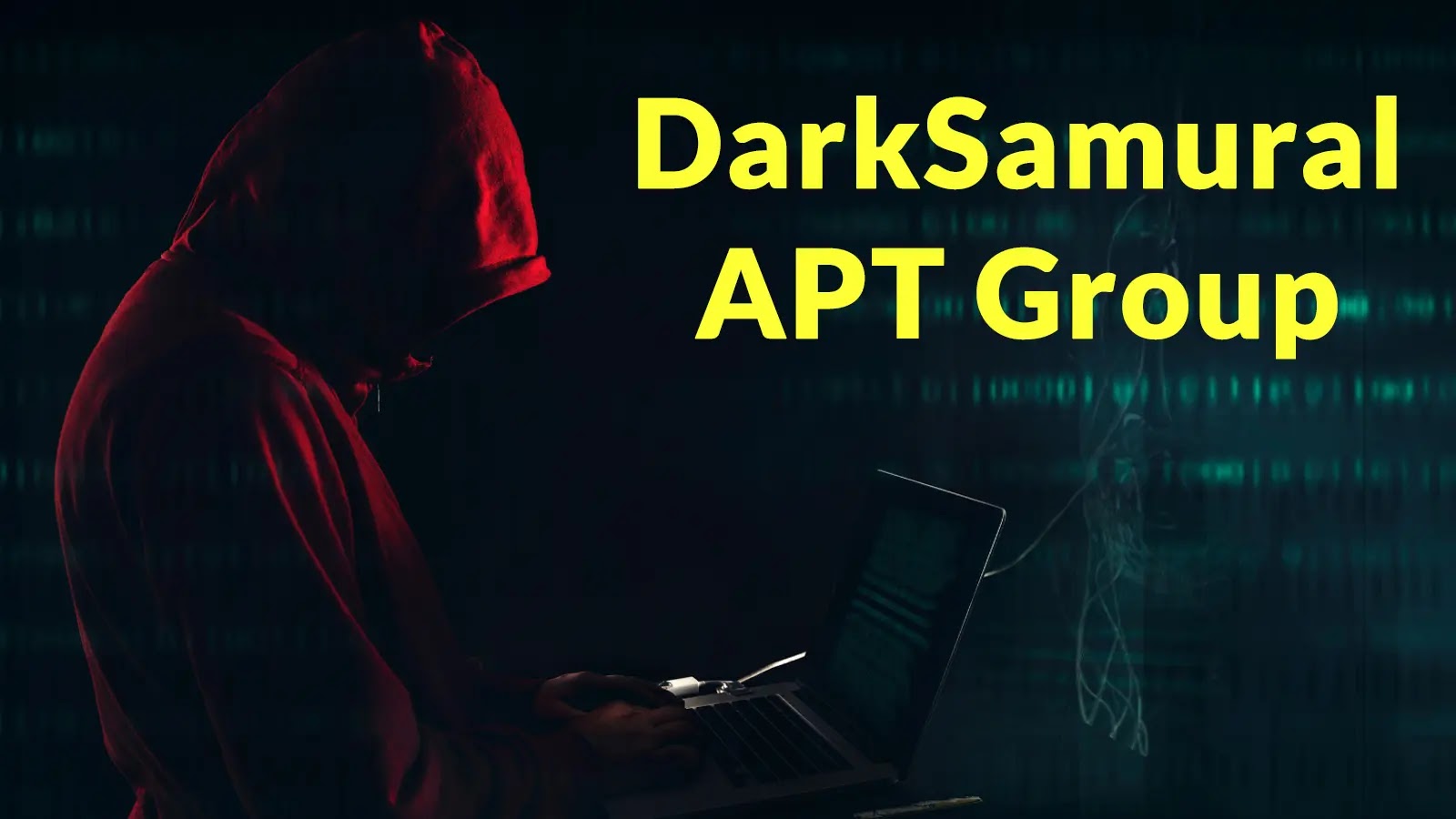
DarkSamural APT Group Malicious LNK and PDF Files to Steal Critical Data
In the evolving landscape of cyber threats, government entities and critical infrastructure organizations face relentless and sophisticated attacks. Recent intelligence highlights a significant new campaign, dubbed the DarkSamural operation, that poses a severe risk, particularly to organizations across South Asia. This advanced persistent threat (APT) group is leveraging highly deceptive tactics, including malicious LNK and PDF files, to penetrate networks, establish a foothold, and ultimately exfiltrate sensitive data. Understanding their methodology is paramount for robust defense strategies.
Understanding the DarkSamural APT Group’s Modus Operandi
The DarkSamural APT group has meticulously crafted an attack chain that exploits human trust and system vulnerabilities. Their primary vector involves weaponized LNK (shortcut) and PDF files. These files are engineered to appear legitimate, often camouflaged as routine documents or system files, thereby tricking unsuspecting users into execution.
The Malicious LNK and PDF File Campaign
The core of the DarkSamural operation hinges on social engineering combined with technical prowess. When a user interacts with one of their malicious LNK or PDF files, a series of events is triggered designed to compromise the system. Initial reconnaissance suggests the adversaries are disguising malicious MSC (Microsoft Management Console) files, which can then be used to execute arbitrary code or load malicious DLLs.
This tactic allows the APT group to bypass traditional security controls that might focus solely on common executable formats. The use of LNK files, in particular, is a subtle but effective technique, as shortcuts are often granted more permissive execution rights or are less scrutinized than executable files.
Initial Infiltration and Persistence Mechanisms
Upon successful initial execution, DarkSamural focuses on establishing persistence within the compromised network. This often involves techniques such as modifying system startup entries, creating scheduled tasks, or exploiting legitimate system tools for illicit purposes. Their objective is to maintain access to the network even after system reboots or user logoffs, ensuring a long-term presence for data exfiltration.
- LNK File Execution: LNK files can directly execute commands or scripts, often leading to the download of additional payloads.
- PDF Droppers: Malicious PDFs might contain embedded scripts or exploit vulnerabilities in PDF readers (though specific CVEs are not detailed in the source, general vigilance for vulnerabilities like CVE-2023-21608 or CVE-2023-29368 in common PDF readers is advised) to drop and execute malware.
- MSC File Abuse: The disguise as MSC files indicates an attempt to leverage trusted Microsoft components for nefarious purposes, potentially leading to privilege escalation or the execution of malicious scripts.
Data Exfiltration: The Ultimate Objective
The ultimate goal of the DarkSamural APT group is the exfiltration of sensitive information. Once persistence is established, the attackers can meticulously map the network, identify critical data repositories, and funnel information out of the organization. This data often includes intellectual property, government secrets, financial records, and personally identifiable information (PII), posing significant national security and economic risks.
Their stealthy approach ensures that data exfiltration is carried out under the radar, often utilizing encrypted channels or legitimate network protocols to blend in with normal traffic.
Remediation Actions and Proactive Defense
Mitigating the threat posed by the DarkSamural APT group requires a multi-layered and proactive cybersecurity strategy. Organizations, particularly those in critical infrastructure and government sectors, must implement stringent security controls and foster a culture of cybersecurity awareness.
- User Awareness Training: Educate employees on the dangers of suspicious LNK and PDF files, email phishing, and social engineering tactics. Emphasize verification of file origins and sender identities.
- Endpoint Detection and Response (EDR): Deploy advanced EDR solutions capable of detecting unusual file executions, process anomalies, and suspicious network connections.
- Email and Web Gateways: Implement robust email security solutions with advanced threat protection, sandboxing, and URL reputation filtering to block malicious LNK and PDF attachments before they reach end-users. Secure web gateways can prevent access to command-and-control (C2) servers.
- Application Whitelisting: Implement application whitelisting to prevent the execution of unauthorized executables and scripts, including those disguised as MSC files or delivered via LNKs.
- Patch Management: Maintain an aggressive patch management program. Promptly apply security updates for operating systems, browsers, PDF readers, and all software, especially those known to have vulnerabilities, such as potential exploits in commonly used software like CVE-2023-38831.
- Network Segmentation: Implement network segmentation to limit lateral movement within the network in the event of a compromise.
- Regular Backups: Conduct regular, isolated backups of critical data to ensure business continuity and recovery capabilities.
- Indicator of Compromise (IoC) Monitoring: Proactively monitor for known IoCs associated with DarkSamural or similar APT groups.
Recommended Tools for Detection and Mitigation
| Tool Name | Purpose | Link |
|---|---|---|
| Mandiant Advantage/FireEye | Threat Intelligence, EDR, Incident Response | https://www.mandiant.com/ |
| CrowdStrike Falcon Insight | Next-Gen EDR, Threat Hunting | https://www.crowdstrike.com/products/falcon-platform/falcon-insight-edr/ |
| Palo Alto Networks WildFire | Cloud-based Threat Analysis, Sandboxing | https://www.paloaltonetworks.com/network-security/wildfire |
| Microsoft Defender for Endpoint | Enterprise EDR, Threat and Vulnerability Management | https://www.microsoft.com/en-us/security/business/endpoint-security/microsoft-defender-for-endpoint |
| Proofpoint Email Protection | Advanced Email Security, Phishing Protection | https://www.proofpoint.com/us/products/email-and-collaboration-security/email-protection |
Conclusion: Strengthening Defenses Against APTs
The DarkSamural operation serves as a stark reminder of the persistent and evolving threat posed by APT groups to critical infrastructure and government entities. Their use of seemingly innocuous LNK and PDF files highlights the need for constant vigilance and sophisticated detection capabilities. By understanding their tactics, techniques, and procedures (TTPs), and by implementing comprehensive security measures including robust EDR, proactive patching, and intensive user training, organizations can significantly improve their resilience against such advanced threats. Staying ahead of these adversaries requires a commitment to continuous security enhancement and intelligence sharing.





